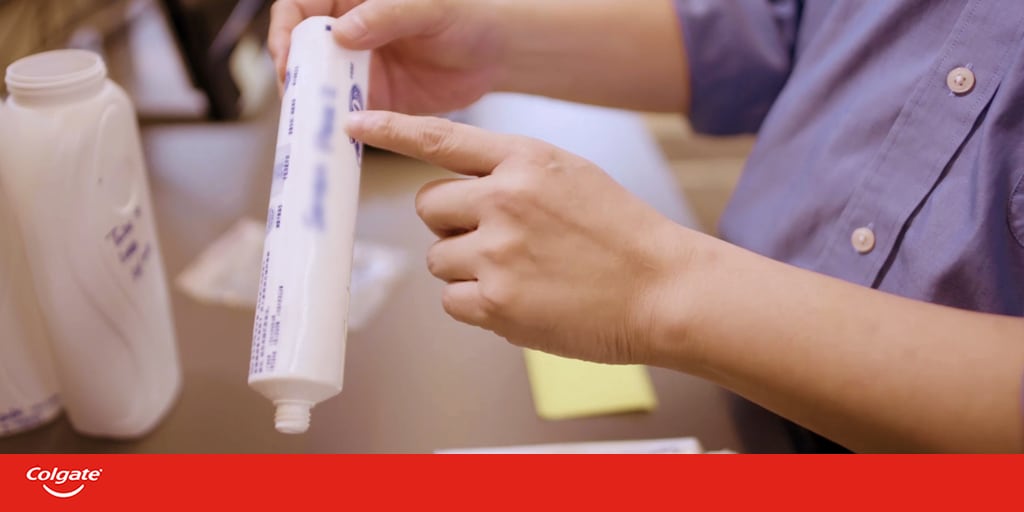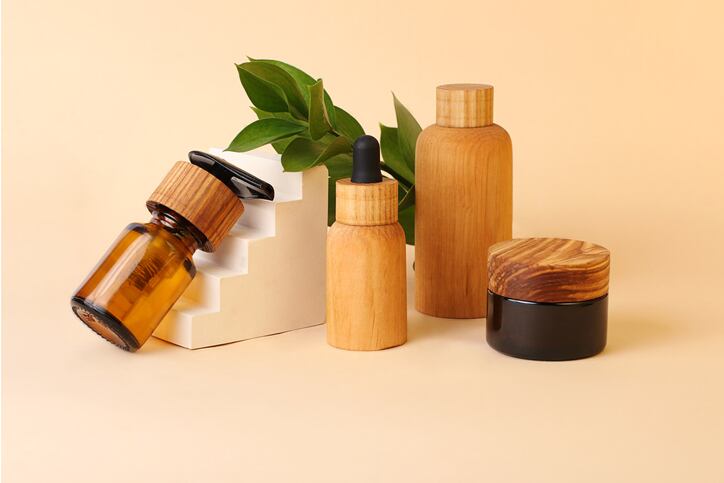Colgate launched its first recyclable toothpaste tube in 2019 after five years of tenacious research and development.
Speaking about the company’s relatively ‘early-adopter’ attitude towards making its packaging more sustainable, Sen referenced a statistic from the data and insights company Kantar that showed Colgate to be the second biggest brand in the world in terms of market penetration (after Coca Cola).
He also highlighted the increased ‘pushback’ from younger consumers onto big global brands to do something about the environment.
He said that based on this, Colgate became increasingly aware that it was prominent enough to make a big difference in this area.
“Brands are in a unique position because they can affect the supply side, based on what consumers want, as well as the demand side by driving people’s perceptions, aspirations and behaviours,” he said.
He highlighted that the pushback against plastic use has gained even more momentum in recent years and that companies not making these kinds of changes are now running “a high-risk business model."
By 2025, Colgate aims to make all packaging recyclable, reusable and compostable. It has also planned to reduce virgin plastic by one-third; eliminate unnecessary or problematic packaging; and use at least 25% PCR plastic packaging.
Traditionally toothpaste tubes weren’t made of recyclable materials and Sen said that this was adding up to around 20 billion toothpaste tubes ending up in the bin every year with no 'afterlife'. So Colgate’s mission was to make all toothpaste tubes recyclable in practice and in scale.
Most toothpaste tubes are made from sheets of plastic laminate – usually a combination of different plastics – often sandwiched around a thin layer of aluminium that protects the formulation flavour and fluoride. The mix of materials is pressed together into a single film, making it impossible to recycle through conventional methods.
To make a recyclable tube, Colgate chose high-density polyethylene (HDPE), the widely recycled 'No. 2' plastic that's popular for bottle making. But HDPE was tough to work with “as it’s very rigid and we needed the tubes to be squeezable,” said Sen.
After plenty of trial and error to find the right ‘recipe’ that would allow the toothpaste to be easily squeezed out all the tube, but also protect the integrity of the formulation and meet the demands of high-speed production, Colgate’s packaging engineers realised they could use more than one grade of HDPE in their designs. The team tested various different combinations, using between six and 20 layers, and technically invented the first recyclable toothpaste tube.
There needs to be a demand for that material
Sen discussed the Recycling Value Chain, how the waste is collected, then sorted, and then needs an aftermarket to make it viable. “There needs to be a demand for that material as otherwise there is no business case,” he explained.
“HDPE was a way to move forward as it’s already proven; the collection and sorting is there, plus there’s an aftermarket for this material.”
After it created a tube that met its various requirements, Colgate needed evidence that this tube was doing what it needed to do in terms of sustainability and therefore had to fulfil certain testing protocols to prove this.
It conducted tests to show that its toothpaste tube could navigate the screens and conveyor belts at the materials facilities that sort recyclables. It also used Radio Frequency Identification tags to track the tubes and prove they would be properly sorted with plastic bottles and ground up the tubes to successfully make new plastic bottles, to demonstrate that the recyclable tube material could be repurposed after recycling.
Along with reprocessing, there was also the sorting issue; checking that these tubes would be sorted in the right stream. And this came with multiple challenges for the toothpaste brand.
“Size was one challenge,” said Sen. “The other was that it needed to be recognised as the right material, so we tested this with both lab and industrial trials.”
“Another challenge was trying to create something that was still similar to what our customers were used to, in terms of user experience.”
He said the result was a soft, easy-to-squeeze toothpaste that was designed for mainstream recycling alongside other HDPE plastic bottles.
No extra steps for the consumer
Sen also shared that this was the first laminate tube to earn technical recyclability recognition from Plastic Recyclers Europe and that no extra steps are required (eg rinsing, cutting, cleaning) by the consumer before they can put the finished tube into the recycling.
The brand also didn’t need to reformulate the toothpaste in any way, but the end-result packaging looked slightly thinner, as the recyclable tube is generally a bit thinner than its predecessor.
However, there were some issues along the way when producing the new tube.
“We produced various iterations,” said Sen. “Issues included: an orange peel-like surface; shoulder resin issues, curly laminate, and plus we then had to scale up after we had made it in the lab, so there were all the challenges that come along with this.”
When speaking about consumer demand for sustainable solutions, Sen also raised how to bridge the ‘Say and Do’ gap, noting that research Colgate worked with found that 78% of respondents said they would recycle but only 38% actually do. He believed this often comes down to lack of convenience and awareness among consumers though and that this is where opportunities now lie.
When Colgate first launched it presented at over 70 different packaging forums to gain feedback and assess the industry landscape on this issue.
“We were keen to see if competitors were going in the same direction,” said Sen. “Nowadays, more of our competitors are moving in the same direction: P&G, GSK and Unilever have all followed this path and committed to converting by 2025.”
He highlighted that Colgate is on track to its path to circularity: moving from recyclable to recycled and that collaboration with competitors and likeminded partners is very important to be able to move forward.
“We are working with the Ellen McArthur Foundation which has set up a global commitment to plastic, he said.
“There are also technical areas to address – how you can sort better with AI or with watermarks, how we can work with government officials in different countries to help shape this area,” he shared.
Speaking about the prospect of new oral care formats beyond traditional toothpaste, he said there was “a market to go into other formats, although it’s still niche at the moment.” But he pointed out that the younger generation is more open to trialling new toothpaste formats – especially when it comes to waste-free solutions.
“We are exploring, but this innovation takes some time. The ‘reuse’ topic is currently attracting a lot of interest from consumers and from a regulation perspective,” he concluded.





